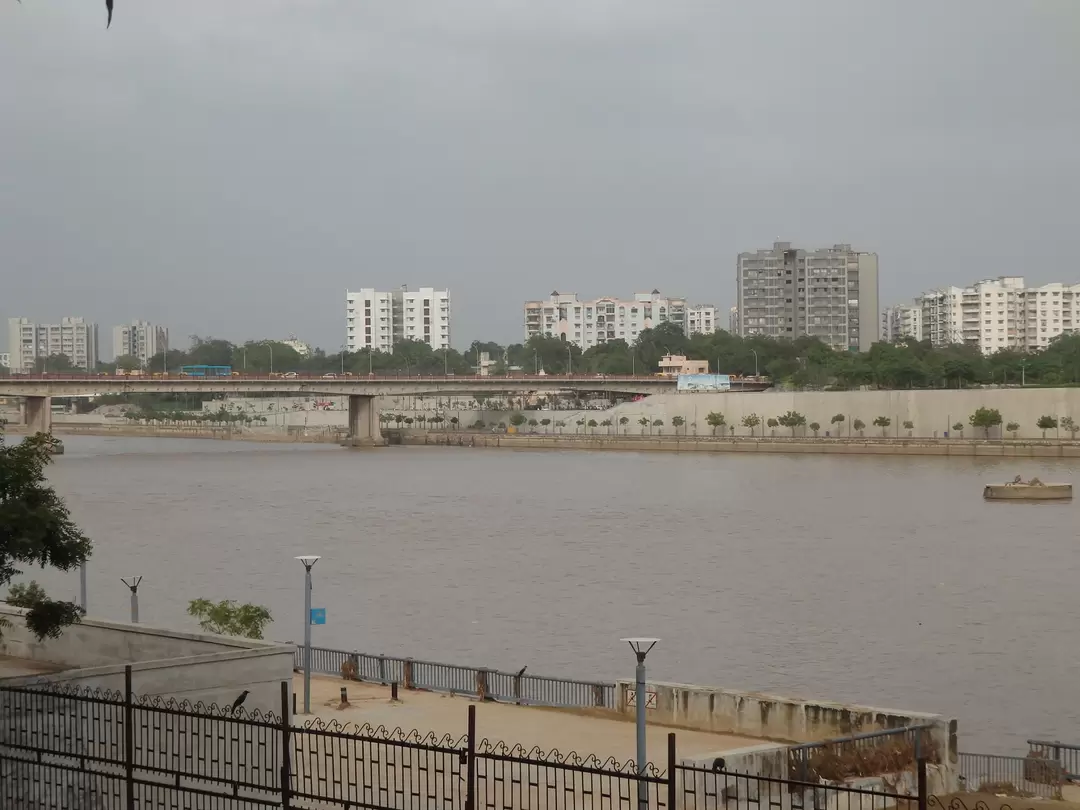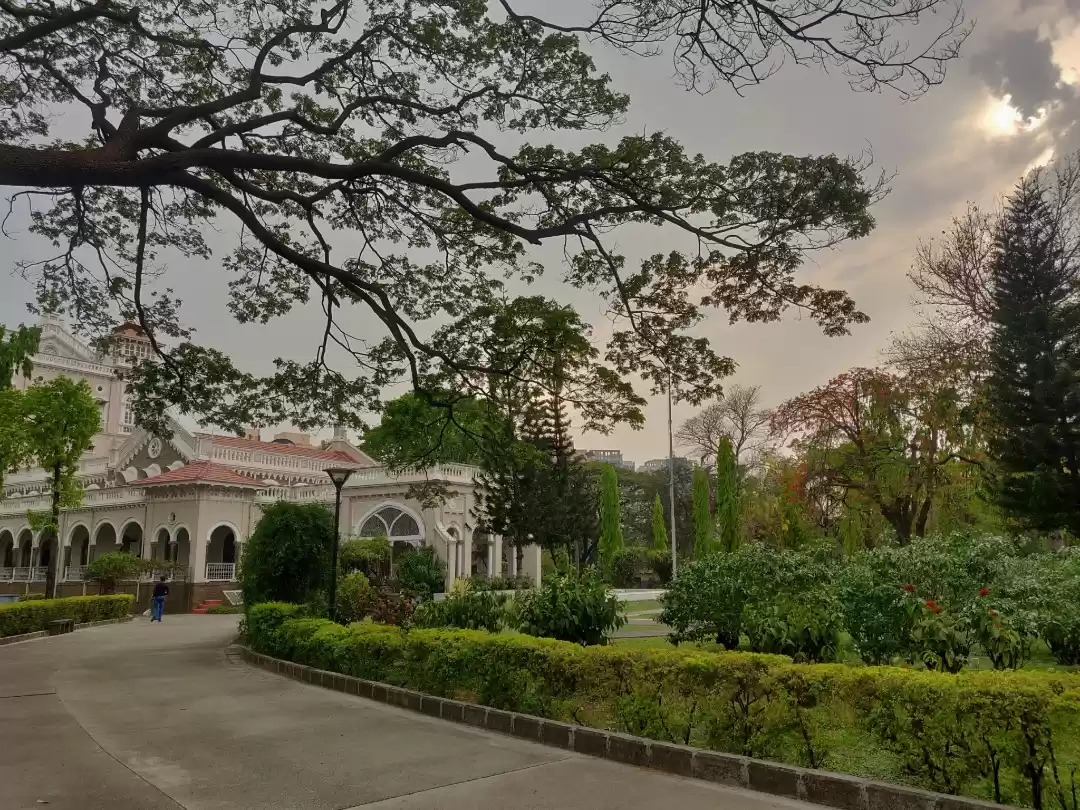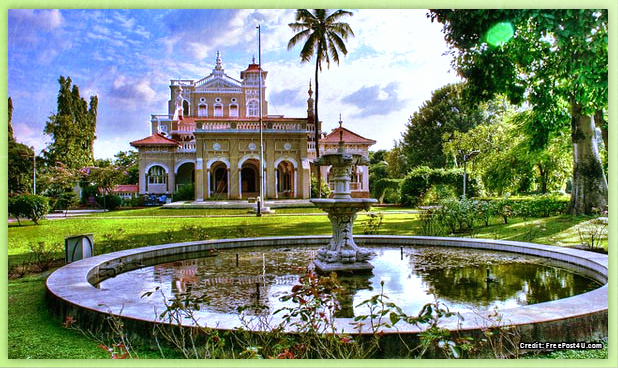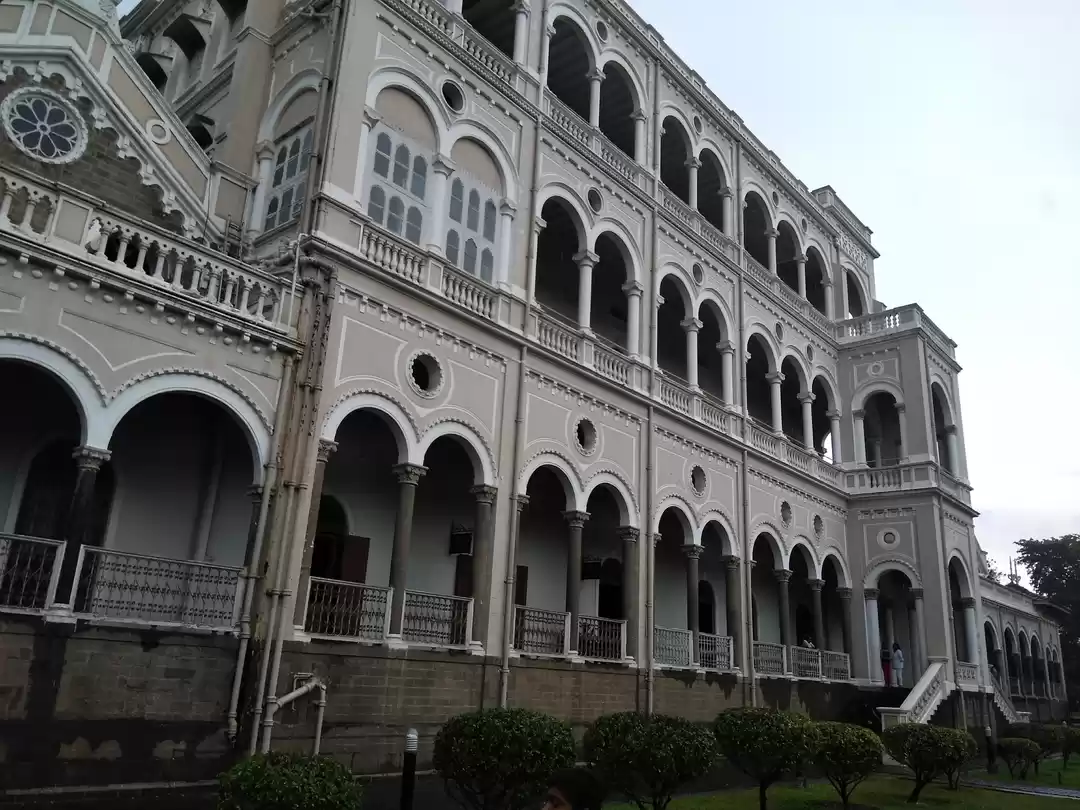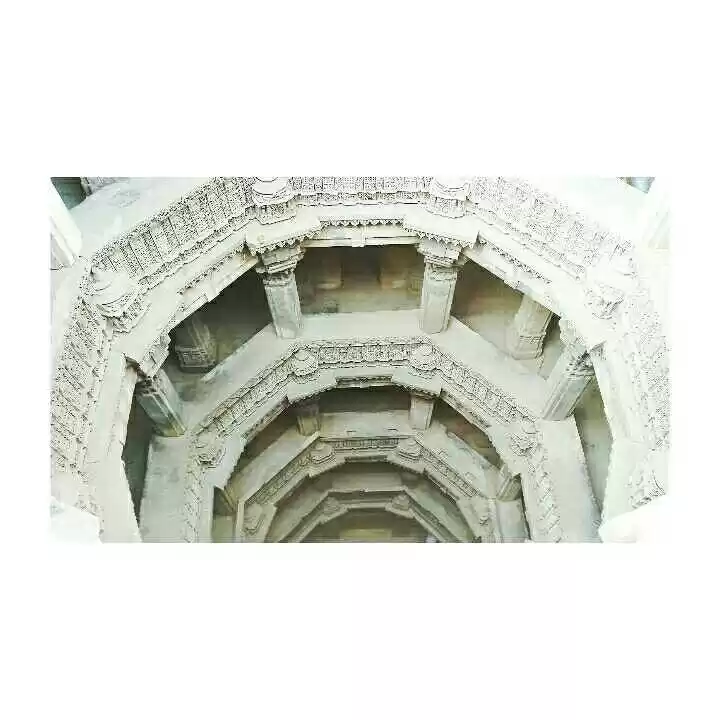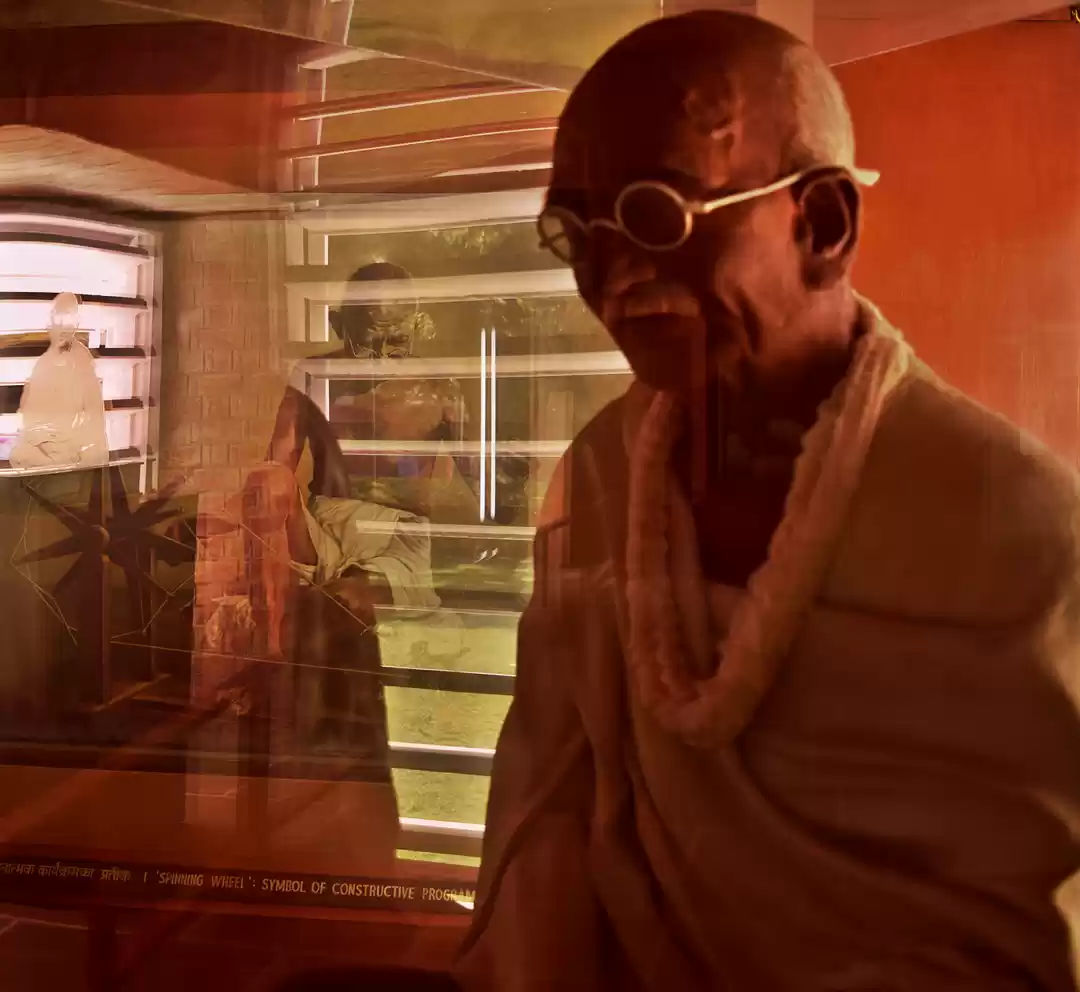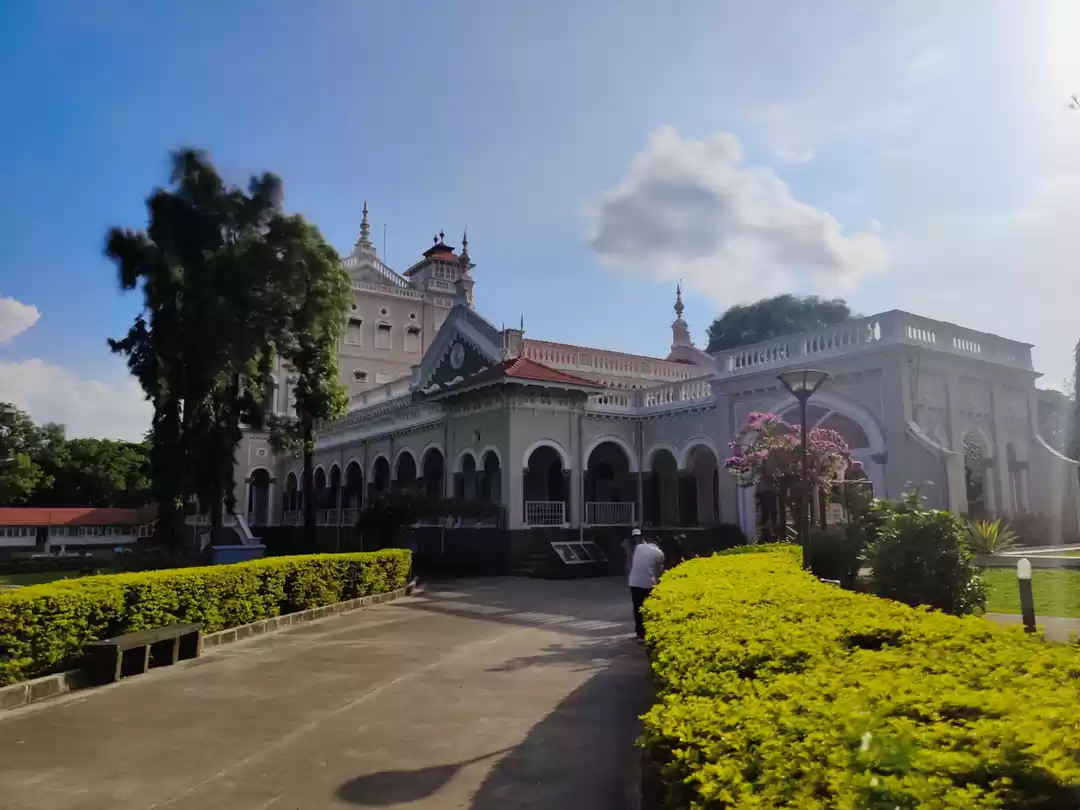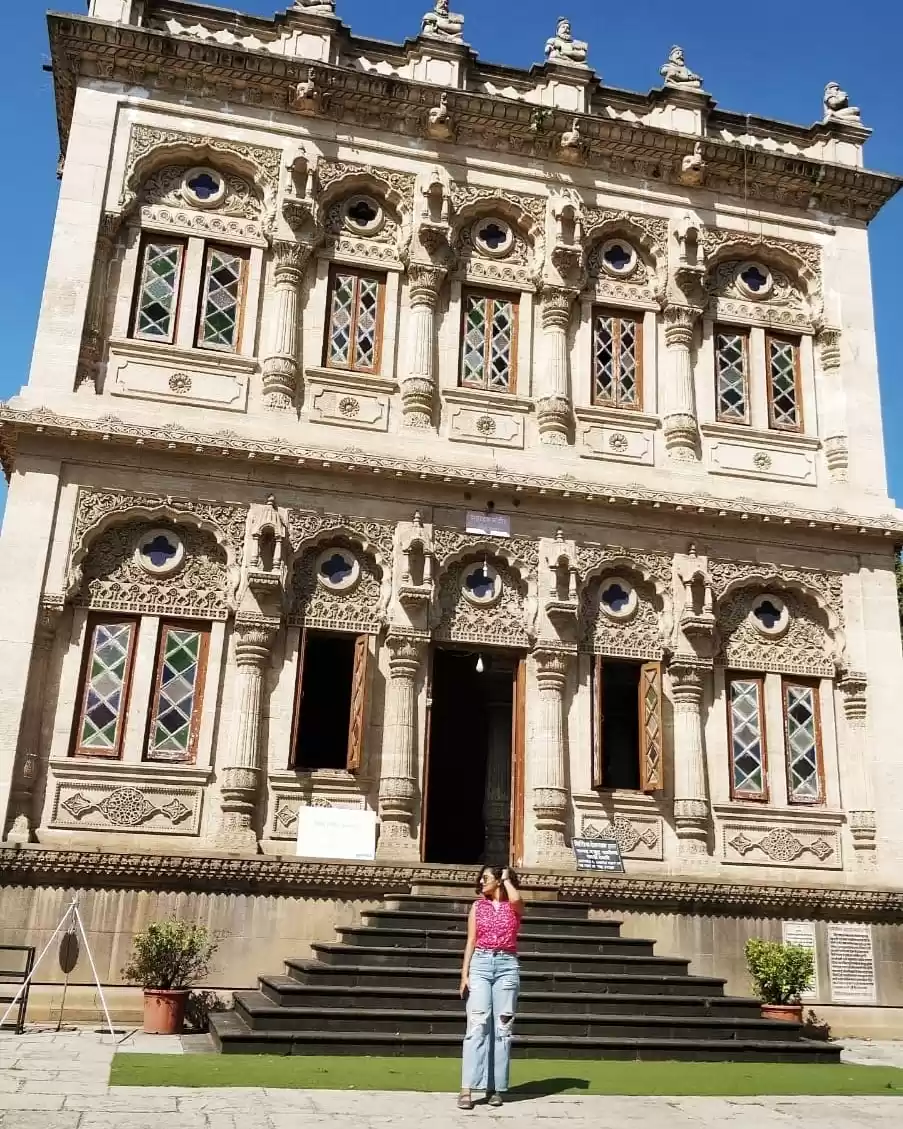The legacy of Mahatma Gandhi, the Father of the Nation, is perfectly preserved in India.
From various museums and memorials to Gandhiji's ashram, there are various stopovers in the country that testify of the great life of the leader.
His philosophies of truth and non-violence inspire millions and many people trace his footsteps by visiting the various monuments dedicated to him.
Gandhiji's contribution to human development is far too great and varied to have been forgotten or overlooked. The world today recognises him as a far more compelling social innovator than humanity ever realised.
India - The land of Gandhi
From 1915 to 1948, Mahatma Gandhi travelled extensively around India, sparking the fires of revolution and unifying the country for one of the greatest freedom struggles of all times.
Today, he stands as a tall figure in the freedom history of the nation, he helped build. As one journey through the country, the lasting impressions of Gandhiji's philosophies and principles seem to be embedded in the very fabric of Indian society - from the beliefs of equality and non-violence to those of inclusion and brotherhood.
As we trace the footsteps of the 'Father of the Nation', it becomes evident how the leader's heritage lives on.
Return to India
On January 9, 1915, a crowd gathered to greet Gandhiji and his wife, Kasturba, as their ship, the S.S. Arabia docked in Apollo Bunder, in Bombay (now Mumbai).
“I was filled with joy when, nearing Bombay I sighted the coast,” Gandhi wrote in a letter to his relative, Maganlal. It had been almost 22 years when the eager young lawyer had left his home to seek a break in his career, and who returned now was a seasoned Satyagrahi who was revered as one of the greatest leaders of his time.
Porbandar
After a brief spell in Bombay, Gandhiji visited his birthplace, Porbandar. As he and his wife deboarded the train, a huge crowd jostled its way towards them.
Everyone wanted to know what the man, whose fame had preceded him to the city, looked like. The press of people was such that Gandhiji and Kasturba barely made it to their motor car, which was to take them to his ancestral home, Kirti Mandir . A 200-year-old building, Kirti Mandir complex is the place where he was born in 1869.
Today, it is an altar of sorts for those who follow in Bapu's footsteps and his ideologies. The sprawling square-shaped haveli, with a vast courtyard, an open terrace and iron grid windows, is adorned with memoirs and pictures of young Gandhi.
One such portrait is captioned ‘Gandhiji at seven’ and shows a boisterous jacket-clad boy with a round topi (that later was called the signature Gandhi topi) on his head, a tikka on his forehead and a chain around his neck. There are several pictures of Kasturba Gandhi as well and many of the two sharing lighter moments.
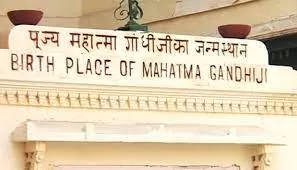
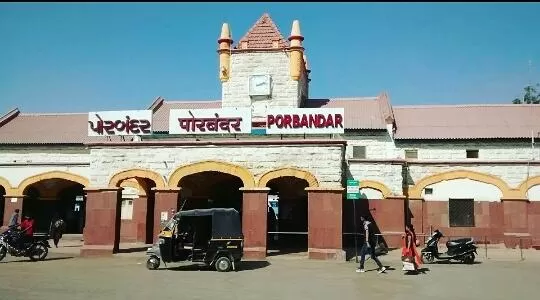

To mark the release of Gandhiji's release from prison in 1944, the residents of Porbandar built a temple adjacent to the haveli. This temple has now been converted into a small museum that displays items used by Gandhiji, along with some really old photographs. The museum also houses a library that has books either written by him or relating to his philosophies. The temple has been visited by several world leaders who came here to pay their respects to Gandhiji.
Rajkot
Before starting his Satyagraha movement, Gandhiji sought to travel the country via railways to understand the integral threads of the great and diverse social fabric of India.
As promised to his friend Gopal Krishna Gokhale, a leader of the Indian National Congress, he put himself on a 'probation period' and flagged off his travels from Rajkot , where he had spent his childhood as the son of the Diwan (1881 to 1887 AD). His residence Kaba Gandhi No Delo is an unmissable heritage site today. One can witness the life of the Mahatma in pictures in the house that have both Hindi and Gujarati captions. The structure of the building has been built in a Saurashtrian style of architecture and boasts arched gateways and courtyards.
Many relics like Gandhi's personal belongings and other objects are also housed here. Gandhi's passion for handloom is encouraged in a weaving school here that offers classes in sewing and embroidery to young girls. Visitors can also visit Mahatma Gandhi Museum that has been housed inside the school where Gandhiji studied as a boy.
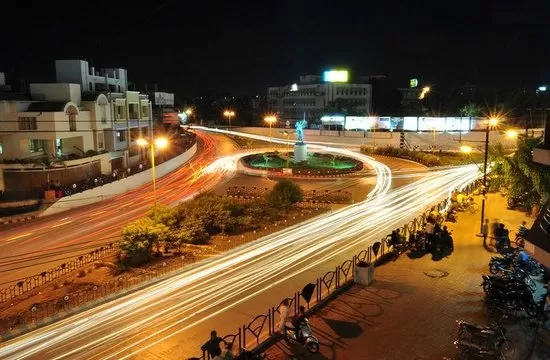

Benaras (Varanasi)
After Gandhiji's 'probation' ended in 1916, he was invited to Varanasi for the laying of the foundation stone of the Banaras Hindu University (BHU). It is said that the eloquent speech he delivered there, marked the start of his political movement in India.After Gandhiji's 'probation' ended in 1916, he was invited to Varanasi for the laying of the foundation stone of the Banaras Hindu University (BHU). It is said that the eloquent speech he delivered there, marked the start of his political movement in India.
"It is a matter of deep humiliation and shame for us,’ he said, ‘that I am compelled this evening under the shadow of this great college, in the sacred city, to address my countrymen in a language that is foreign to me."
When the silent city heard these unflinching words, it seemed to hail the start of a revolution, and the arrival of a leader.

Today, walking through the campus of the great varsity, one can almost feel the aura of Gandhi lingering. Later, in 1936, Gandhiji inaugurated a significant landmark in the city - Bharat Mata Mandir . This unique temple worships no gods or goddesses except Bharat Mata (Mother India). It houses a marble statue of Bharat Mata (Mother India), which is modelled to symbolise India. Its design indicates the goddess of India for all the religious deities, leaders and freedom fighters. It also houses a marble relief geographical map of undivided India, representing plains, mountains and oceans.

Ahmedabad
After a brief stay in Santiniketan (West Bengal), where he met Nobel Laureate Rabindranath Tagore, Gandhiji headed to Ahmedabad in 1915. There he founded a small communal settlement on the banks of the Sabarmati river called Sabarmati Ashram , which would be the centre of his non-violent struggle against the British.

His aura still lingers here and one can travel back in time to get a sense of his ideology and remarkable life. Documents related to his non-violence movement, including the Dandi March, which began from here, have been put on display at the Gandhi Smarak Sangrahalaya (museum). There is a library for literature on Gandhi that holds an immense archive of letters written by him, most of them on used paper scraps. The ashram shares its land with Hridaykunj — the quarters where he lived; Vinoba-Mira Kutir, a guest house, a prayer land and a building used as a training centre for cottage industries.
By the time the ashram was established Gandhiji had started wearing his signature dhoti and sandals (an outfit he had adopted to mingle well with the poor without his fame getting in the way). Soon, he learnt the art of spinning and weaving and led the production of khadi, which became a pioneer movement. Another must-visit site is Kalam Kush, a paper factory that turns scraps of waste cotton into paper. It was among the many cottage industries introduced by Gandhiji. Today, the factory makes for a fascinating visit as you can see how paper is created without the use of chemicals.
















